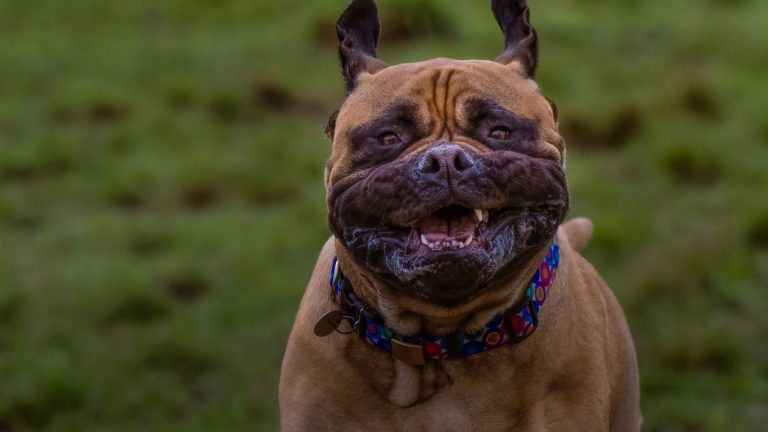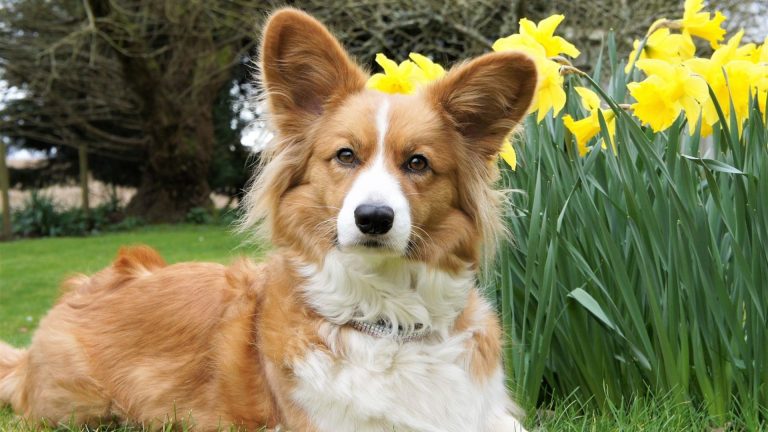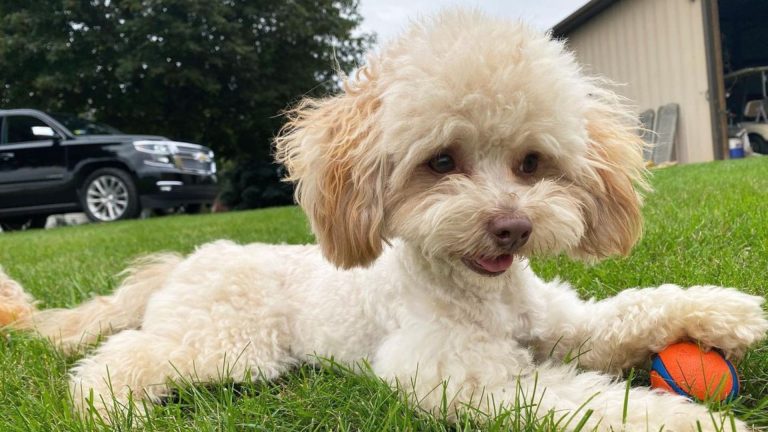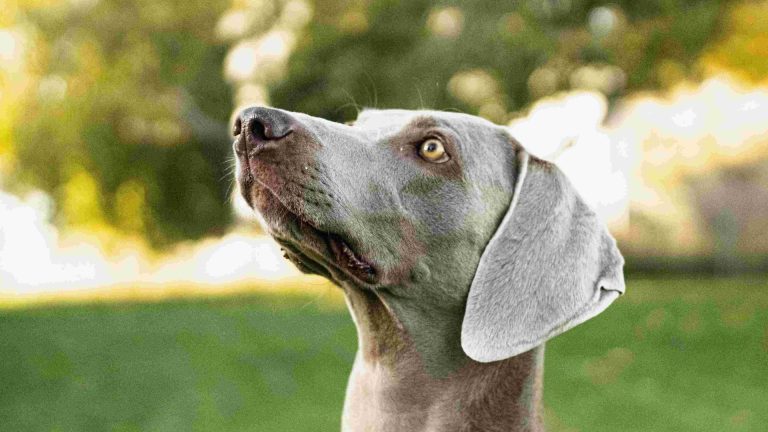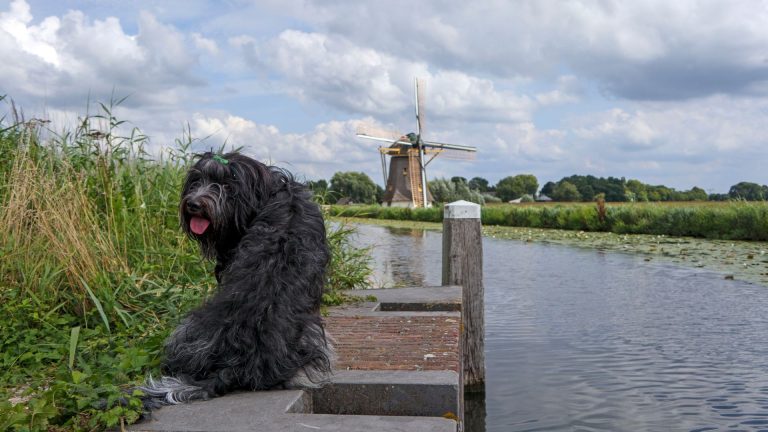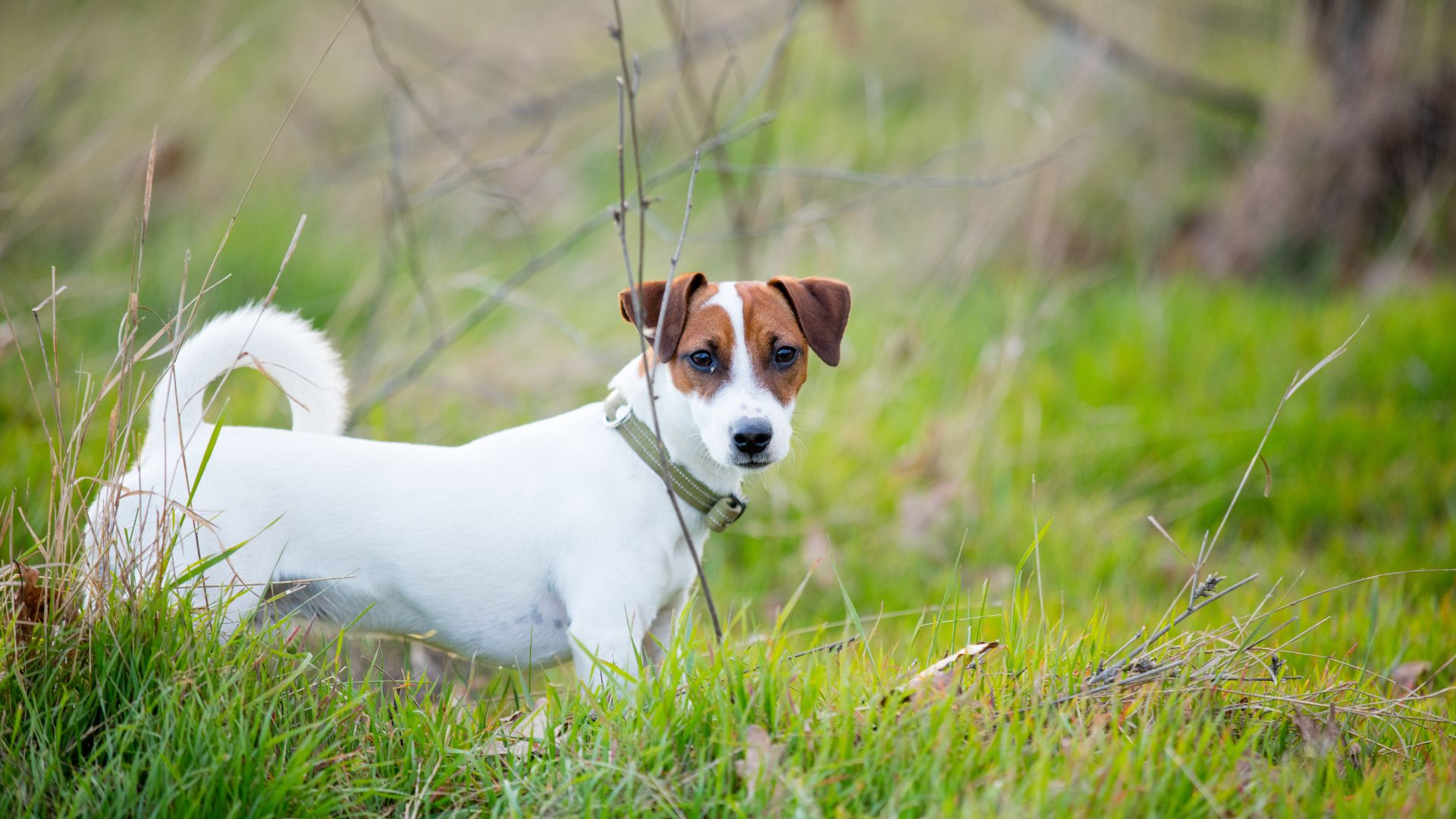
Contents
- 1 History of Hunting Dog Breeds
- 2 Conclusion
Hunting dog breeds have been integral companions to hunters for centuries, valued for their keen senses and specialized skills. From tracking and flushing out game to retrieving, these dogs have proven their worth in various hunting scenarios. Among these breeds, small hunting dogs hold a special place. Their compact size and agility allow them to navigate dense underbrush and tight spaces, making them indispensable in certain hunting environments.
Small hunting dogs are particularly important due to their versatility and manageability. They are easier to transport and require less space, making them ideal for hunters who are frequently on the move. Despite their size, these dogs possess a remarkable drive and energy, making them effective hunting partners.
This article will explore the top small hunting dog breeds, delving into their unique characteristics and hunting capabilities. We will cover their history, physical traits, and why they are excellent choices for hunting. Additionally, the article will provide training tips and care advice to ensure these dogs can perform at their best. Whether you are a seasoned hunter or a novice, this guide will help you choose the perfect small hunting dog breed to meet your needs.
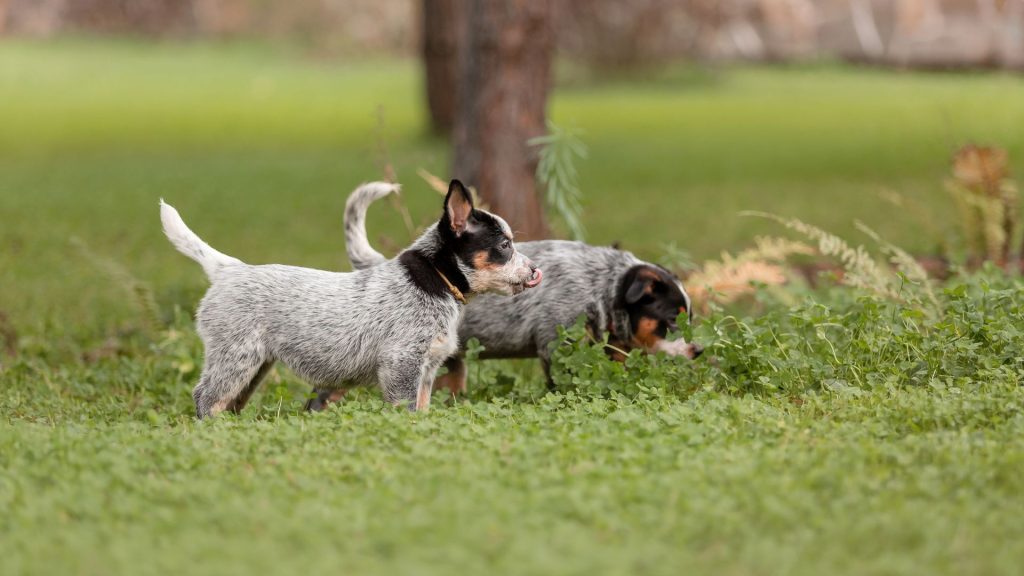
History of Hunting Dog Breeds
The history of hunting dog breeds dates back thousands of years. Early civilizations, such as the Egyptians, Greeks, and Romans, relied on dogs for hunting. These early hunting dogs were bred for their keen senses, strength, and loyalty, essential traits for tracking and capturing game. Over time, specific breeds were developed to enhance these hunting abilities, resulting in a wide variety of specialized hunting dogs.
Small hunting dog breeds evolved as hunters recognized the need for dogs that could navigate challenging terrains and dense vegetation. Breeding programs focused on creating dogs that were not only agile and quick but also tenacious and intelligent. These qualities made small hunting dogs invaluable for tasks that required precision and speed. The Beagle, for instance, was bred for its excellent scent-tracking abilities and compact size, making it ideal for hunting small game like rabbits.
Small hunting dogs played various roles in hunting. They were often used to flush out game from hiding spots, making it easier for hunters to take their shot. Their small size allowed them to enter burrows and tight spaces to chase out prey. Additionally, they excelled in tracking scents over long distances, ensuring that wounded game could be found and retrieved. Breeds like the Dachshund were specifically developed to hunt badgers and other burrowing animals, showcasing their unique skills and adaptability.
Throughout history, the role of small hunting dogs has remained crucial. Their unique combination of size, agility, and hunting prowess has made them indispensable companions for hunters worldwide. Today, these breeds continue to be valued not only for their hunting skills but also for their loyalty and companionship.
Characteristics of Small Hunting Dog Breeds
Small hunting dog breeds are compact and muscular, typically weighing between 10 and 25 pounds. Their agile bodies and dense, weather-resistant coats enable them to navigate through dense vegetation and harsh environments. These breeds, like the Beagle and Dachshund, have short legs and long bodies, making them adept at burrowing and flushing out game.
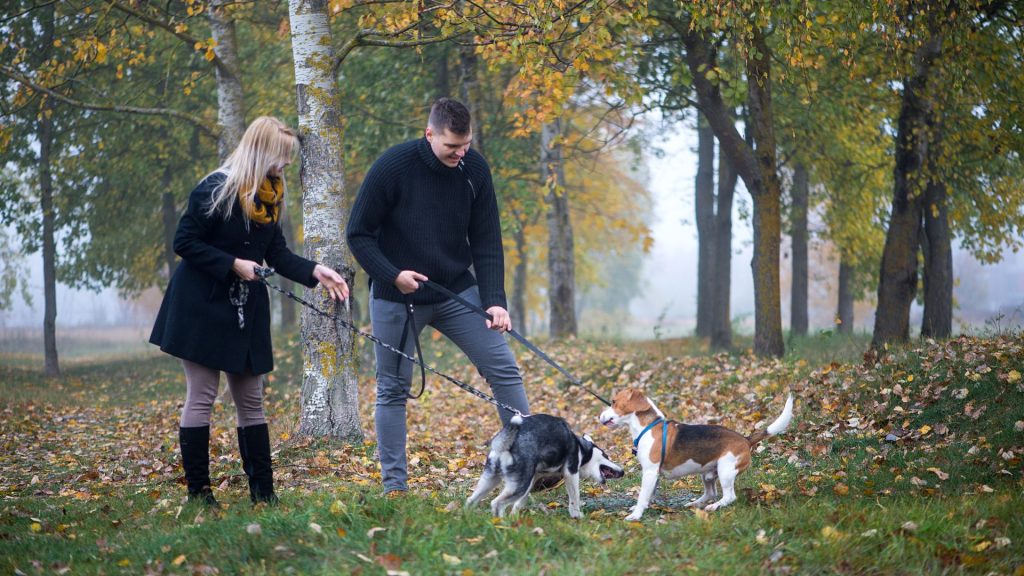
Behaviorally, these dogs are energetic, intelligent, and highly curious. They possess a strong prey drive and are incredibly persistent, following scents tirelessly. Their keen sense of smell, particularly in breeds like the Beagle, is a standout trait, making them exceptional scent hounds.
In terms of hunting skills, small hunting dogs are versatile. They excel in flushing, retrieving, and tracking. Breeds like the Jack Russell Terrier and American Water Spaniel are excellent examples of small dogs with specialized hunting abilities. Their high trainability and strong instincts make them ideal hunting partners.
Benefits of Small Hunting Dogs
Small hunting dogs offer several advantages over their larger counterparts. Their compact size allows them to navigate through dense underbrush and tight spaces that larger dogs cannot. This agility makes them particularly effective in hunting small game and in environments where mobility is crucial. Additionally, their lightweight build makes them easier to transport, whether by vehicle or on foot, enhancing their practicality for hunters on the move.
Adaptability is another key benefit of small hunting dogs. They thrive in various environments, from forests and fields to wetlands. This versatility makes them suitable for different types of game and hunting conditions. Breeds like the Beagle and Jack Russell Terrier excel in diverse terrains, demonstrating remarkable resilience and flexibility.
Small hunting dogs are also known for their ease of training and handling. Their high intelligence and strong desire to please make them responsive to training commands. These breeds are generally more manageable and require less physical strength to control, making them accessible to hunters of all ages and experience levels. Overall, their size, adaptability, and trainability make small hunting dogs exceptional companions for hunting enthusiasts.
Top Small Hunting Dog Breeds
Beagle
The Beagle is one of the most popular small hunting dog breeds, known for its exceptional sense of smell and tracking abilities. Originating from England, Beagles have been used for hunting small game like rabbits and hares since the 16th century. Their compact size, typically weighing between 20-30 pounds, allows them to navigate through dense underbrush and tight spaces easily.
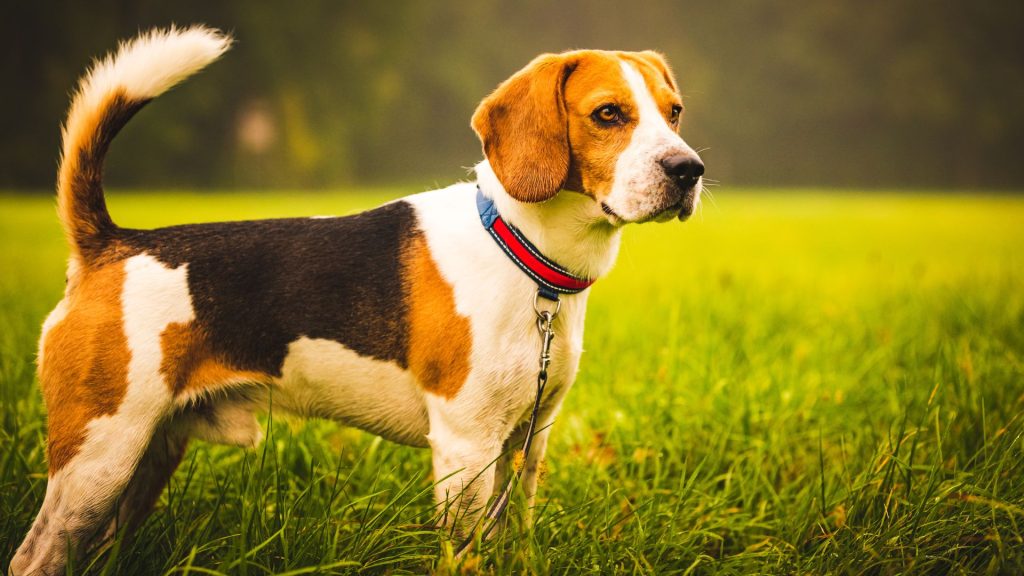
Physically, Beagles have a sturdy, muscular build with a short, dense coat that protects them from harsh weather. Their large, floppy ears help funnel scents towards their nose, enhancing their tracking capabilities. Behaviorally, Beagles are friendly, curious, and highly energetic. They are also known for their persistence and determination, often following a scent trail for hours without losing focus.
As hunting dogs, Beagles excel in tracking and trailing game. Their strong prey drive and exceptional scenting abilities make them ideal for hunters looking to track small game over long distances. Training a Beagle requires patience and consistency, but their intelligence and eagerness to please make them highly trainable with the right approach.
Jack Russell Terrier
The Jack Russell Terrier is a small but tenacious hunting dog breed, originally bred in England for fox hunting. Weighing between 13-17 pounds, Jack Russells are known for their boundless energy, agility, and fearless nature. Their compact, muscular build allows them to enter burrows and flush out game, making them excellent at hunting small animals like rabbits and groundhogs.
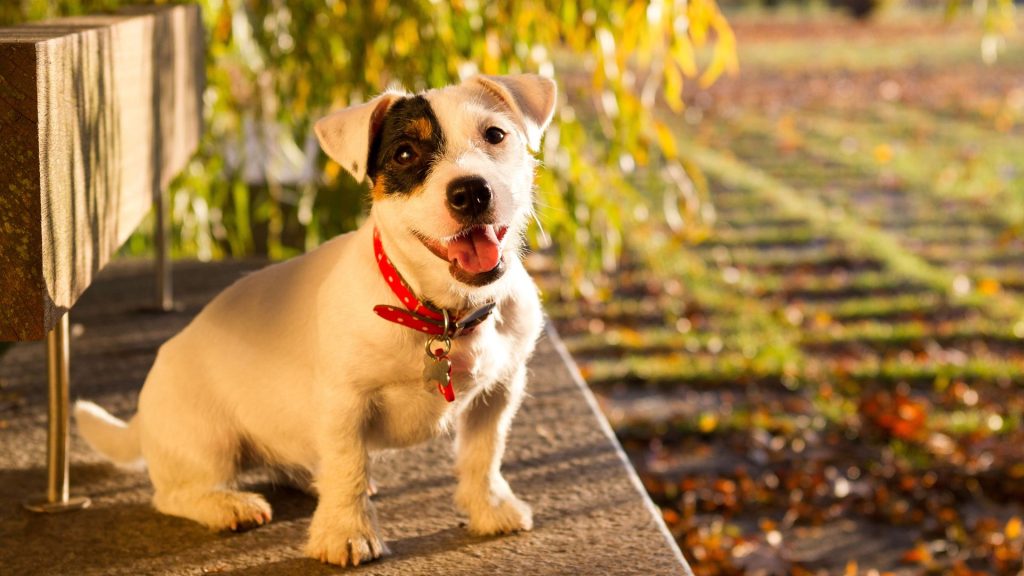
Physically, Jack Russells have a short, dense coat that can be either smooth or rough. Their strong, athletic build and keen senses make them highly effective hunters. Behaviorally, Jack Russells are intelligent, lively, and independent. They require plenty of mental and physical stimulation to prevent boredom and destructive behavior.
Jack Russells excel in various hunting tasks, including flushing, tracking, and retrieving. Their strong prey drive and fearless attitude make them relentless in pursuit of game. Training a Jack Russell can be challenging due to their independent nature, but their intelligence and responsiveness make them capable learners with consistent and positive training methods.
Dachshund
The Dachshund, also known as the “sausage dog,” is a small hunting breed originally developed in Germany for hunting badgers. Weighing between 16-32 pounds, Dachshunds are characterized by their long bodies, short legs, and keen sense of smell. Their unique physique allows them to dig into burrows and pursue game underground.
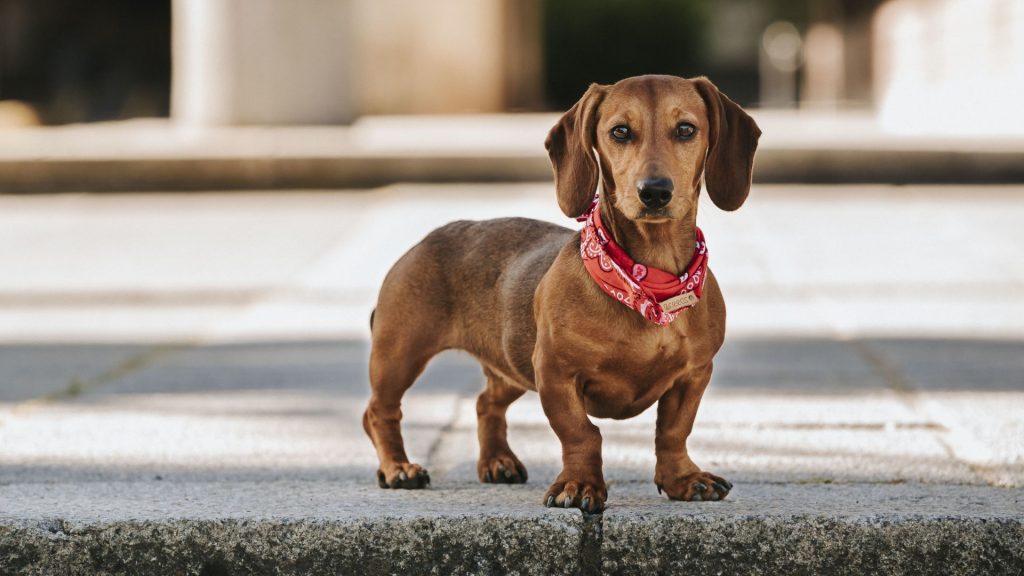
Physically, Dachshunds have a long, muscular body and a short, smooth coat that provides protection while hunting. Their strong sense of smell and sharp eyesight make them effective hunters. Behaviorally, Dachshunds are courageous, determined, and independent. They are known for their loyalty and can be quite tenacious when on the hunt.
Dachshunds excel in hunting small game such as badgers, rabbits, and other burrowing animals. Their long bodies and short legs enable them to dig and navigate through tunnels with ease. Training a Dachshund requires patience and consistency, as they can be stubborn and independent. However, their intelligence and strong hunting instincts make them quick learners with the right approach.
Basenji
The Basenji is a unique small hunting dog breed originating from Africa, known for its quiet, “barkless” nature. Weighing between 22-24 pounds, Basenjis are agile, muscular dogs with a keen sense of smell and sight, making them effective hunters of small game and birds.
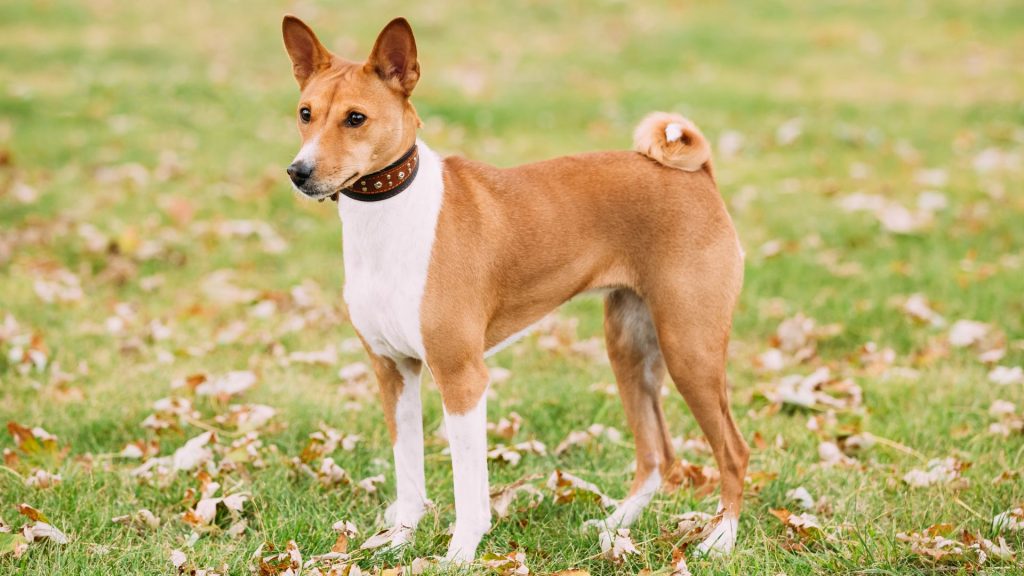
Physically, Basenjis have a sleek, muscular build with a short, fine coat that requires minimal grooming. Their large, erect ears and sharp eyesight help them detect and track game. Behaviorally, Basenjis are independent, intelligent, and energetic. They are known for their curious and adventurous nature, often exploring their surroundings with great enthusiasm.
Basenjis excel in hunting tasks such as tracking and flushing out game. Their strong prey drive and keen senses make them effective hunters in various environments. Training a Basenji can be challenging due to their independent and sometimes stubborn nature. However, their intelligence and desire to please make them capable learners with positive reinforcement and consistent training methods.
American Water Spaniel
The American Water Spaniel is a versatile hunting dog breed developed in the United States for hunting waterfowl and small game. Weighing between 25-45 pounds, American Water Spaniels are known for their excellent swimming abilities and strong retrieving skills.
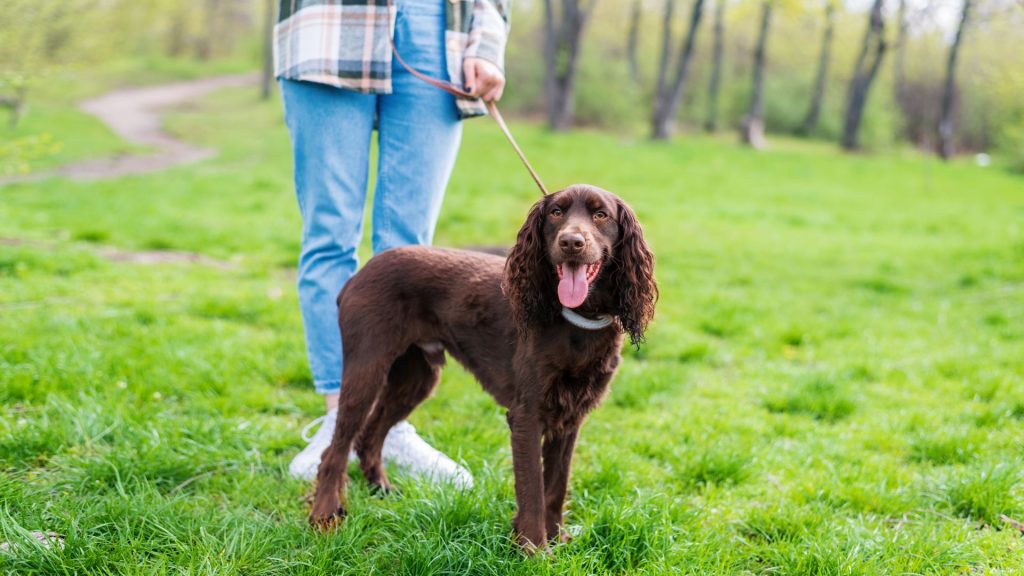
Physically, American Water Spaniels have a medium-sized, muscular build with a dense, water-resistant coat that protects them from cold water and harsh weather. Their strong, webbed feet make them powerful swimmers, ideal for retrieving game from water. Behaviorally, American Water Spaniels are intelligent, energetic, and eager to please. They are known for their friendly and affectionate nature, making them great companions both in the field and at home.
As hunting dogs, American Water Spaniels excel in retrieving game from water and land. Their strong prey drive and excellent swimming abilities make them ideal for hunting waterfowl. Training an American Water Spaniel is relatively easy due to their intelligence and eagerness to please. Consistent, positive reinforcement methods work best to bring out their full potential.
Norwegian Elkhound
The Norwegian Elkhound is one of the oldest dog breeds, tracing back to ancient Scandinavia. Traditionally used by Vikings, this breed was developed to hunt large game such as elk and bear. Its name reflects its primary purpose: hunting elk.
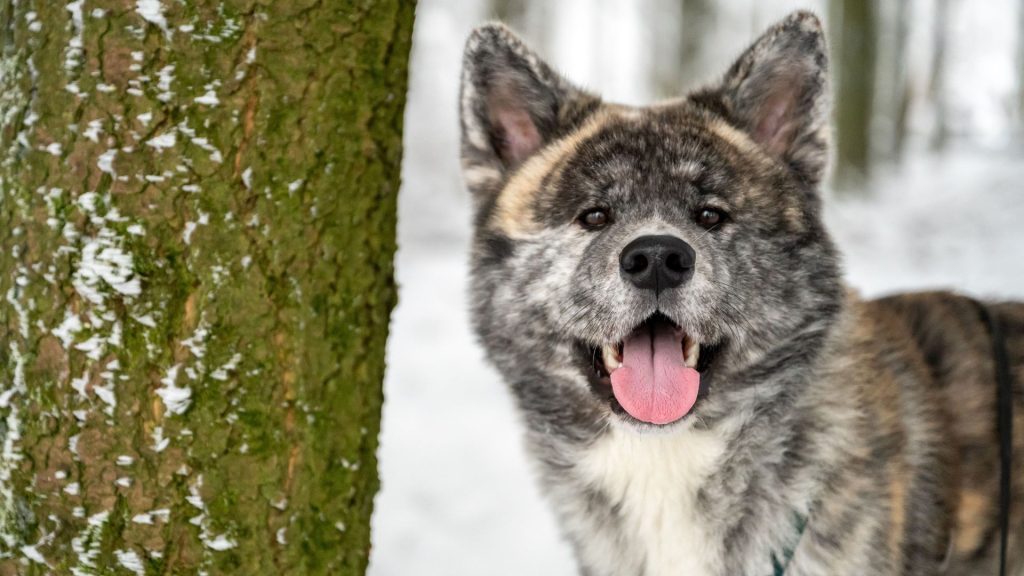
Physically, Norwegian Elkhounds have a sturdy, muscular build and a thick, double coat that protects them from harsh weather. Their coat is typically gray with black-tipped hairs, giving them a wolf-like appearance. They have erect ears, a tightly curled tail, and a strong, athletic frame.
Norwegian Elkhounds are known for their versatility and endurance in hunting. They have a keen sense of smell and exceptional tracking skills, allowing them to follow scent trails over long distances. These dogs can work independently, effectively pursuing and holding large game at bay until the hunter arrives.
Norwegian Elkhounds are intelligent, loyal, and courageous. They are alert and make excellent watchdogs. Despite their hunting background, they are also friendly and affectionate, enjoying the company of their human companions. They require regular exercise and mental stimulation, making them well-suited for active households.
Cairn Terrier
The Cairn Terrier originated in Scotland, specifically the Isle of Skye, and dates back to the 16th century. Bred to hunt vermin and foxes, these small, sturdy dogs were invaluable on farms and in homes, where they helped control pest populations. The breed gets its name from the “cairns” or rock piles where they would often flush out and capture small game.
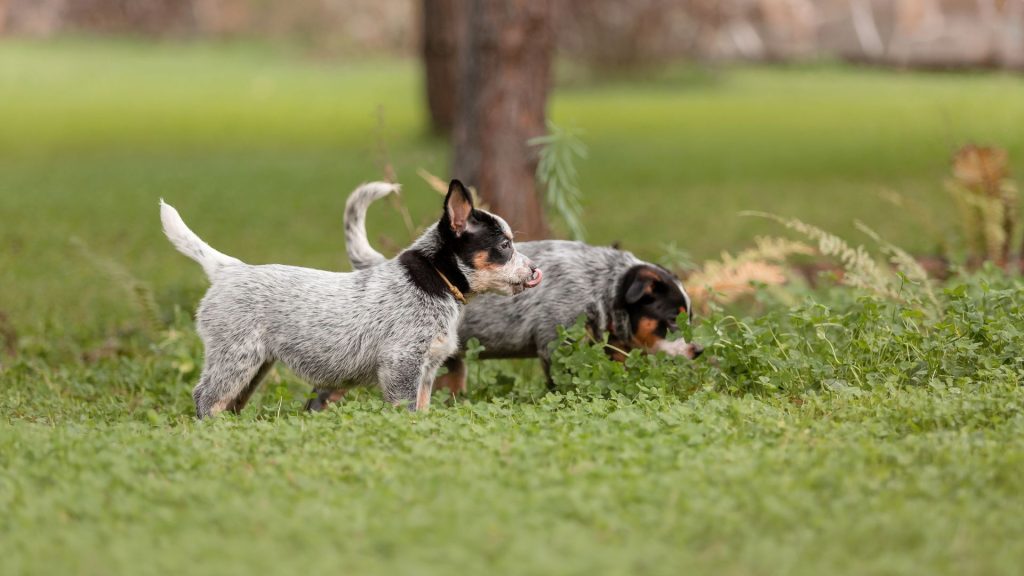
Physically, Cairn Terriers are small but robust dogs, typically weighing between 13-14 pounds. They have a weather-resistant double coat that is rough on the outside and soft underneath, providing protection against harsh weather conditions. Their coat comes in a variety of colors, including cream, wheaten, red, gray, and nearly black. Cairn Terriers have a fox-like expression with erect ears, dark eyes, and a bushy tail that stands up.
Cairn Terriers are known for their agility and tenacity, making them excellent hunters of small game such as rodents and foxes. Their small size allows them to enter burrows and tight spaces, while their keen senses and quick reflexes enable them to catch prey efficiently. These dogs are persistent and will dig and chase their quarry with great determination, showcasing their natural hunting instincts.
Cairn Terriers are intelligent, curious, and energetic dogs. They are known for their independence and strong-willed nature, but they are also affectionate and loyal to their families. These dogs are highly alert and make good watchdogs. They require regular mental and physical stimulation to keep them happy and well-behaved. Despite their small size, Cairn Terriers have big personalities and are known for their cheerful and spirited demeanor.
Miniature Schnauzer
The Miniature Schnauzer was developed in Germany in the late 19th century. Bred from the Standard Schnauzer by crossing it with smaller breeds like the Affenpinscher and Poodle, this breed was created for ratting and farm work. The Miniature Schnauzer quickly gained popularity for its versatility and charming appearance, making it a favored companion both in rural and urban settings.
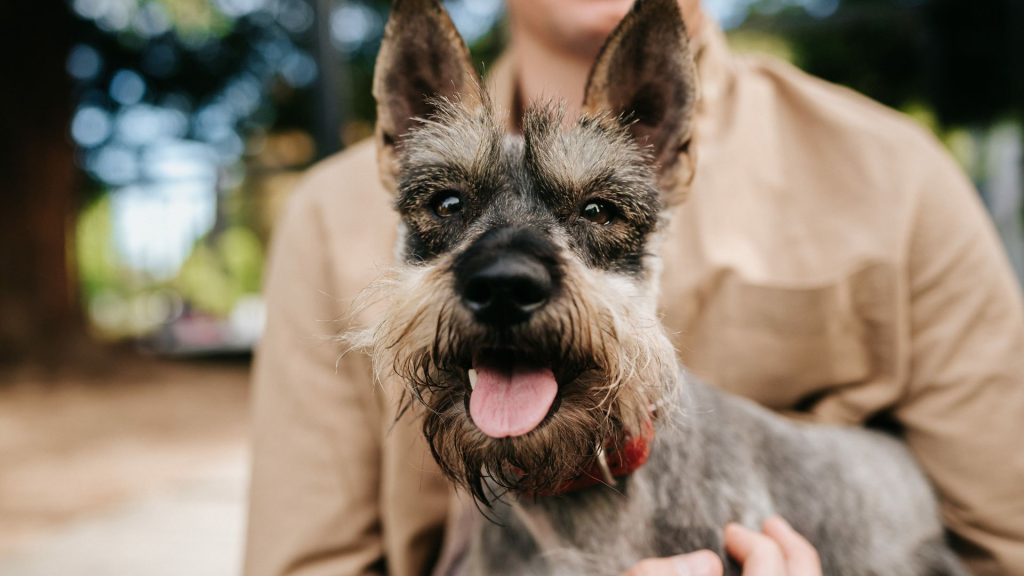
Physically, Miniature Schnauzers are small, robust dogs weighing between 11-20 pounds. They have a distinctive appearance characterized by their wiry, dense coat and prominent beard and eyebrows. Their coat can come in various colors, including salt and pepper, black, and black and silver. These dogs have a sturdy, square-shaped build with a high-set tail and erect ears (often cropped in some regions).
Although originally bred for ratting and farm work, Miniature Schnauzers are versatile hunters. They are known for their keen senses and quick reflexes, which make them effective at catching small game and vermin. Their small size allows them to navigate tight spaces, and their persistent nature ensures they don’t give up easily. These traits make them valuable for pest control and small game hunting.
Miniature Schnauzers are intelligent, alert, and spirited dogs. They are known for their friendly and outgoing nature, making them excellent family pets. These dogs are highly trainable due to their intelligence and eagerness to please. They are also known for their loyalty and protective instincts, often serving as vigilant watchdogs. Regular mental and physical stimulation is essential to keep them happy and well-behaved. Despite their small size, they have a big personality and a strong presence.
Border Terrier
The Border Terrier originated in the border region between England and Scotland in the 18th century. Bred to assist in fox hunting, these small, hardy dogs were valued for their ability to chase foxes out of their dens and navigate rough terrain. Their resilience and determination made them indispensable companions for hunters.
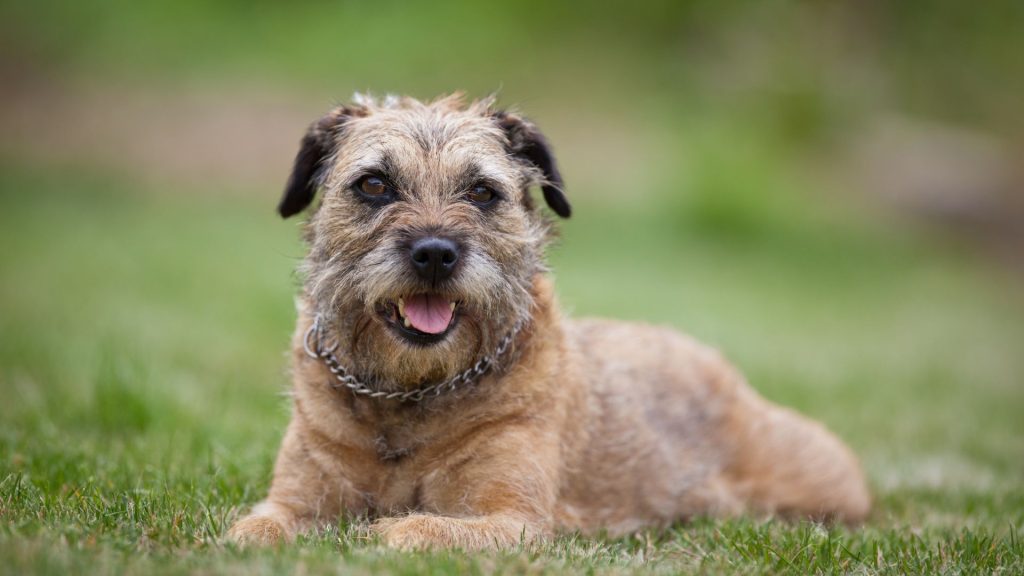
Physically, Border Terriers are small but sturdy, typically weighing between 11.5-15.5 pounds. They have a dense, wiry coat that provides protection against harsh weather conditions and rough underbrush. Their coat colors include red, grizzle and tan, blue and tan, and wheaten. Border Terriers have a distinctive otter-like head, with a short, strong muzzle and dark, expressive eyes. Their ears are small and V-shaped, and they carry their tails in a slight curve.
Border Terriers are known for their agility and endurance, making them excellent hunters of small game such as foxes and rodents. Their small size allows them to enter burrows and tight spaces, while their keen senses and quick reflexes enable them to track and catch prey efficiently. These dogs are persistent and tenacious, often pursuing their quarry with great determination, showcasing their natural hunting instincts.
Border Terriers are intelligent, affectionate, and energetic dogs. They are known for their friendly and outgoing nature, making them excellent family pets. These dogs are highly trainable due to their intelligence and eagerness to please. They are also known for their loyalty and strong bond with their families. Regular mental and physical stimulation is essential to keep them happy and well-behaved. Despite their small size, Border Terriers have a big personality and are known for their cheerful and spirited demeanor.
Patterdale Terrier
The Patterdale Terrier, originally bred in the Lake District of Northern England, is a small yet formidable hunting dog. Developed by hunters needing a robust and agile dog to control fox and rabbit populations, the Patterdale Terrier has become well-known for its versatility and tenacity.
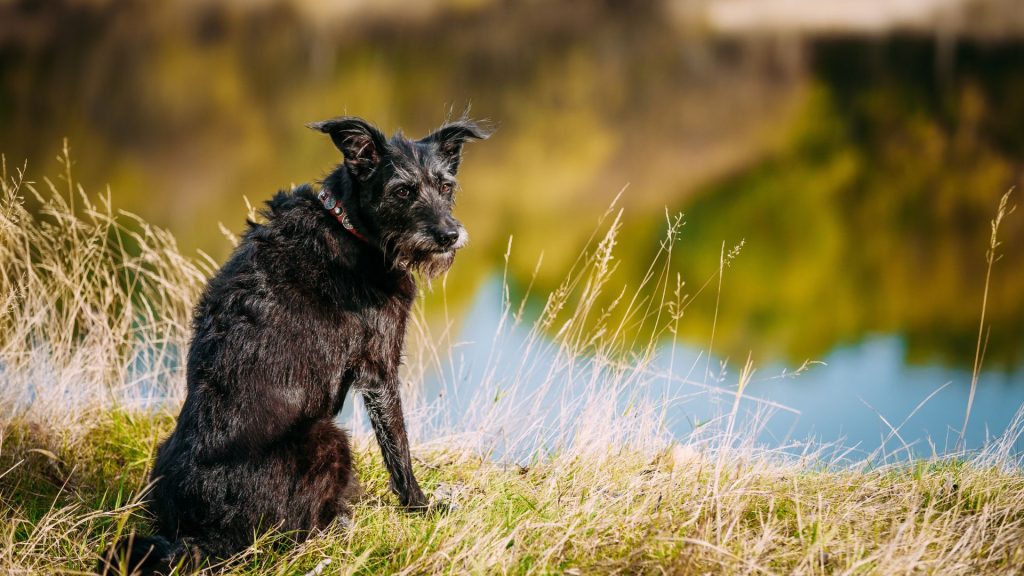
Physically, Patterdale Terriers are small but strong, typically weighing between 11-13 pounds. They have a short, dense coat that can be smooth, rough, or broken, providing protection in harsh environments. Their coat colors include black, red, bronze, or chocolate, sometimes with white markings. They have a compact, muscular build, with a strong jaw and a keen expression. Their eyes are dark and alert, and their ears are folded forward, adding to their attentive appearance.
Patterdale Terriers are renowned for their exceptional hunting abilities. Their small size allows them to navigate tight spaces and burrows, making them effective at hunting small game like rabbits and foxes. They possess a strong prey drive, sharp senses, and quick reflexes, enabling them to track and catch prey efficiently. Their tenacity and determination make them relentless hunters, willing to pursue their quarry with great persistence.
Personality-wise, Patterdale Terriers are intelligent, energetic, and highly independent. They are known for their courage and determination, often displaying a fearless attitude. These dogs are also affectionate and loyal to their families, making them excellent companions. However, due to their high energy levels and strong hunting instincts, they require regular physical and mental stimulation. Consistent training and socialization from an early age are essential to manage their independent nature and ensure they are well-behaved.
Patterdale Terriers have big personalities packed into a small frame, making them beloved by hunters and pet owners alike for their spirited and determined demeanor.
Training Tips for Small Hunting Dogs

Basic Training Techniques
Start with basic obedience training to establish a strong foundation. Teach commands such as sit, stay, come, and heel. Use positive reinforcement techniques like treats, praise, and play to encourage good behavior. Consistency is key; practice these commands daily in different environments to ensure your dog can respond reliably. Socialization is also important. Expose your dog to various people, animals, and settings to build confidence and reduce anxiety.
Specialized Hunting Training
Once basic obedience is established, introduce specialized hunting training. Begin with scent training by hiding treats or toys and encouraging your dog to find them. Gradually increase the difficulty by extending the distance and hiding spots. Use game scents to simulate real hunting scenarios. Teaching your dog to track, point, or flush game requires patience and repetition. Practice in controlled environments before moving to actual hunting grounds.
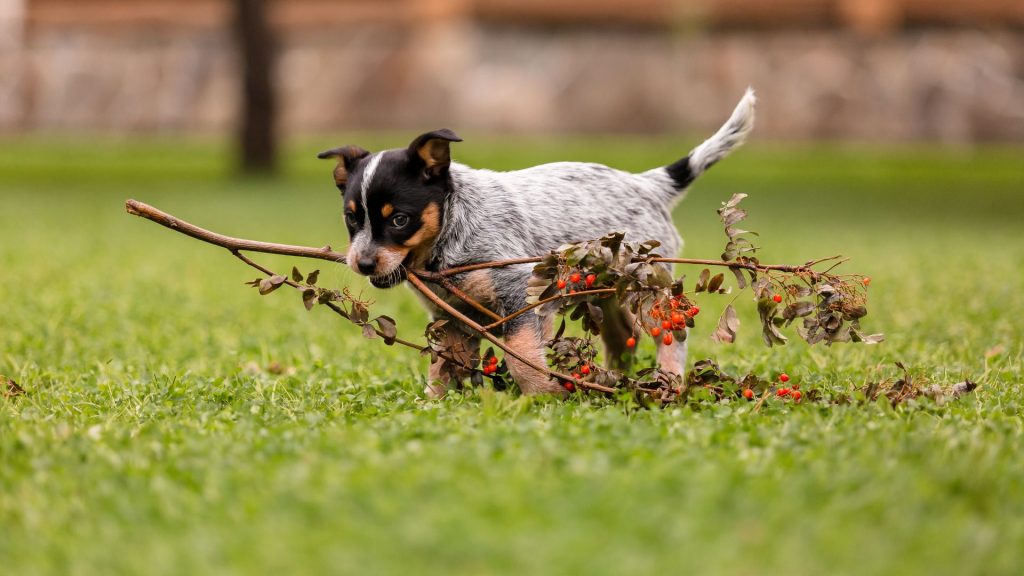
Introduce retrieving exercises using dummy birds or small game replicas. Start on land and gradually transition to water if applicable. Consistent practice helps develop your dog’s retrieving skills and ensures they are comfortable working in various terrains.
Tips for Maintaining Hunting Skills
To maintain and sharpen your dog’s hunting skills, regular practice is essential. Schedule frequent training sessions and hunts to keep your dog engaged and responsive. Incorporate variety in training exercises to prevent boredom and enhance different skills. Use seasonal changes to your advantage, practicing in different weather conditions and terrains.
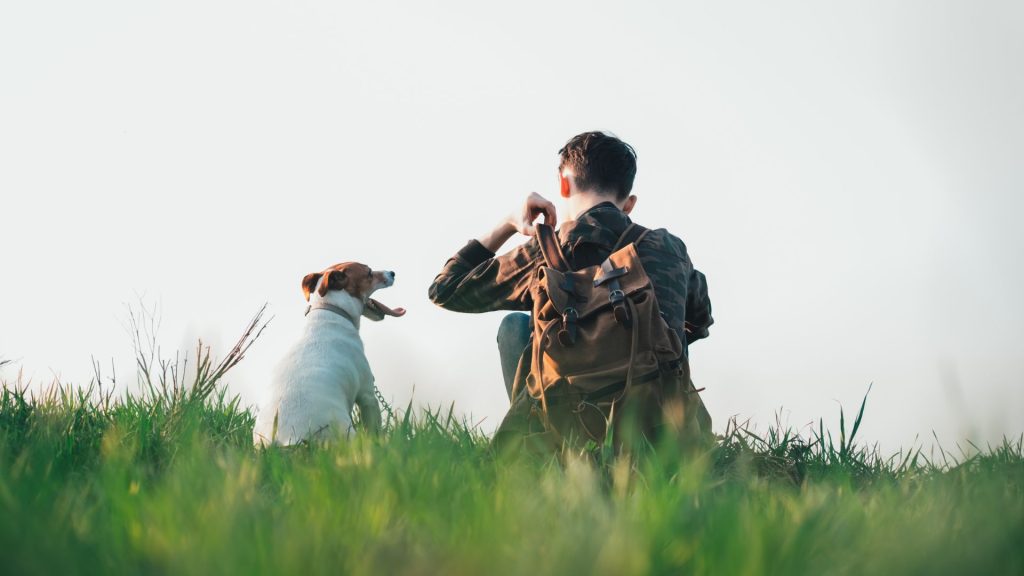
Engage in activities like agility training, which enhances your dog’s physical fitness and mental sharpness. Keep your dog healthy with a balanced diet and regular veterinary check-ups. Maintaining overall well-being is crucial for peak hunting performance.
By combining basic obedience, specialized hunting training, and ongoing practice, you can ensure your small hunting dog remains a skilled and reliable hunting partner.
Caring for Small Hunting Dogs
Small hunting dogs require a balanced diet rich in protein to support their high energy levels and muscle development. Provide high-quality commercial dog food formulated for active breeds. Incorporate lean meats, vegetables, and grains to ensure a well-rounded diet. It’s essential to monitor portion sizes to prevent obesity, as excess weight can hinder their agility and overall health. Always ensure fresh water is available.
Exercise Requirements
Regular exercise is crucial for small hunting dogs to maintain their physical fitness and mental sharpness. They need at least 60 minutes of vigorous activity daily, including walks, playtime, and specific training exercises. Activities like fetch, agility training, and supervised off-leash runs are excellent ways to keep them engaged and healthy. Regular hunting practice sessions also provide beneficial physical and mental stimulation.
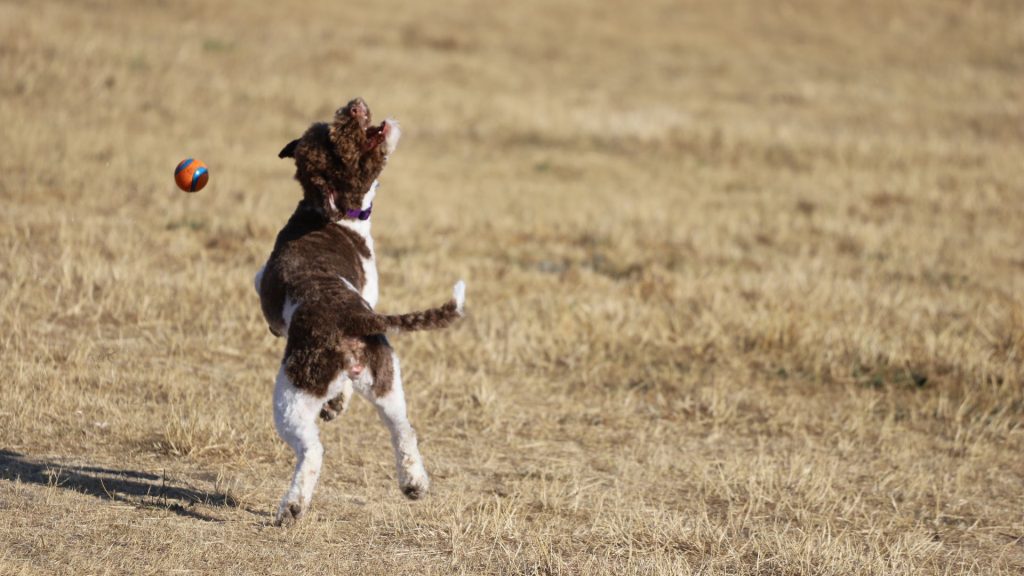
Health Considerations
Regular veterinary check-ups are vital to monitor your dog’s health and catch any issues early. Keep up with vaccinations, flea and tick prevention, and deworming schedules. Dental care is also important; brush your dog’s teeth regularly and provide dental chews to prevent oral health problems. Be vigilant for breed-specific health concerns, such as hip dysplasia in terriers or eye issues in Beagles, and consult your vet for tailored care plans.
By providing a balanced diet, adequate exercise, and regular health care, you can ensure your small hunting dog remains healthy, active, and ready for any hunting adventure.
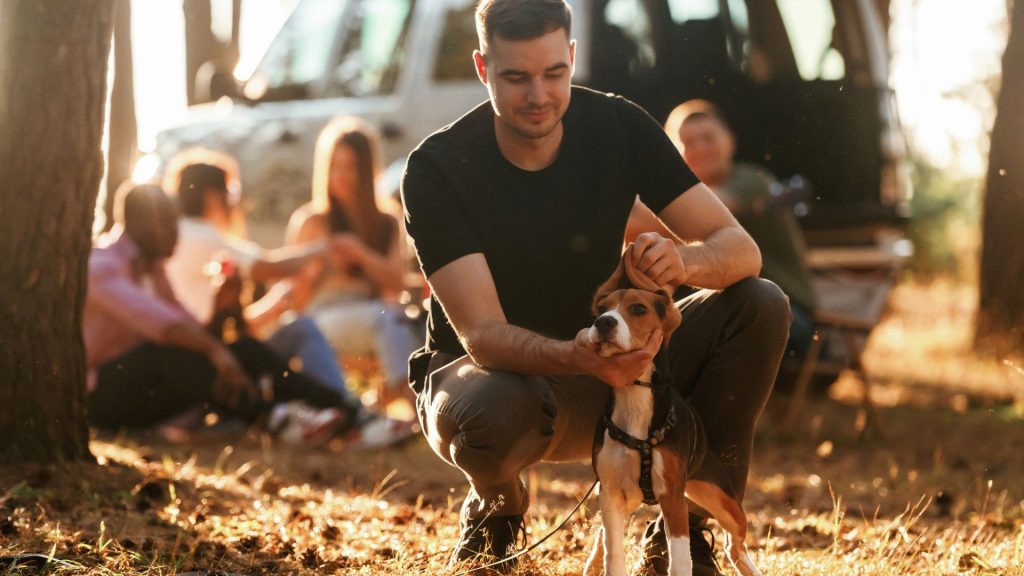
Conclusion
Small hunting dogs are exceptional companions for hunters, offering a unique blend of agility, tenacity, and intelligence. Breeds like the Beagle, Jack Russell Terrier, Dachshund, and others discussed in this article have proven their worth through their specialized hunting skills and versatile nature. Their compact size allows them to excel in environments where larger dogs might struggle, making them invaluable for tracking, flushing, and retrieving game.
By understanding the specific needs of small hunting dogs, including proper training, care, and health maintenance, you can ensure they remain effective and loyal partners in your hunting endeavors. Whether you’re an experienced hunter or just starting, choosing the right small hunting dog breed can significantly enhance your hunting experiences.

Hello, I’m Donna Carter, the founder and writer behind PetFleck.com. My journey with dogs started years ago, and it’s been a passion that has only grown stronger over time. I’ve always been fascinated by the unique behaviors and characteristics of different dog breeds, and this curiosity has led me to dive deep into the world of canine studies.
My love for dogs is the driving force behind everything I do. I’ve dedicated countless hours to researching and understanding the nuances of dog care, training, and breed-specific traits. This dedication helps me create content that is not only informative but also genuinely helpful for fellow dog lovers and owners.
At PetFleck, I combine my extensive knowledge and hands-on experience with my passion for dogs to provide valuable insights and tips. Whether it’s exploring different breeds or offering practical advice on dog care, I aim to share knowledge that makes a real difference in the lives of dogs and their families.
I’m thrilled to share my love for dogs with you through my writing. I hope my articles inspire and inform, helping you to better understand and appreciate the incredible bond we share with our furry friends.
Thank you for visiting PetFleck.com, and I look forward to connecting with you through our shared love of dogs!

